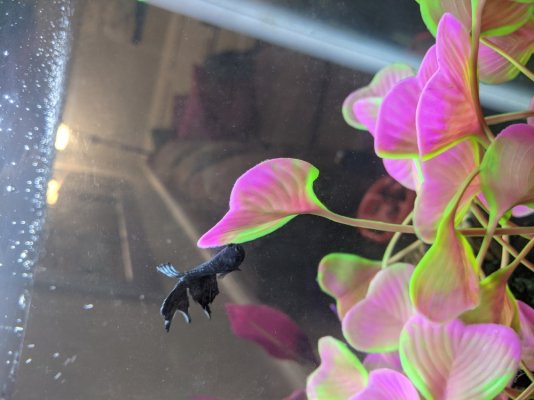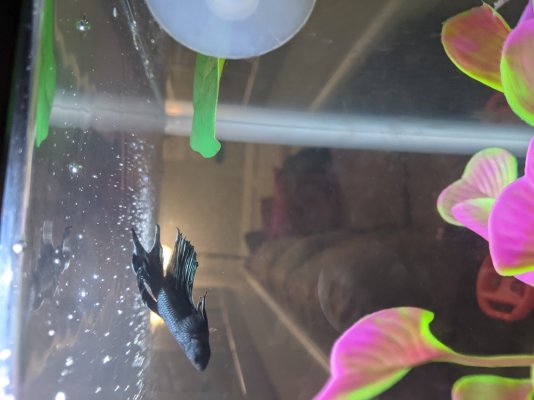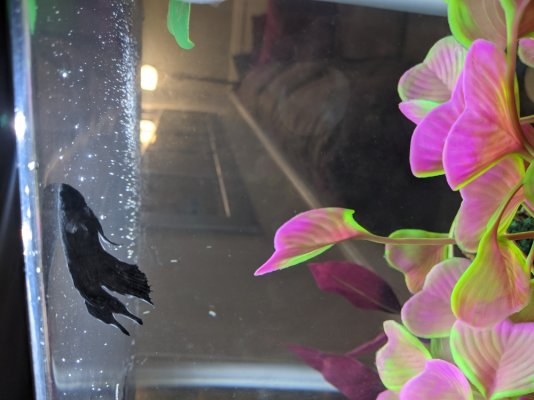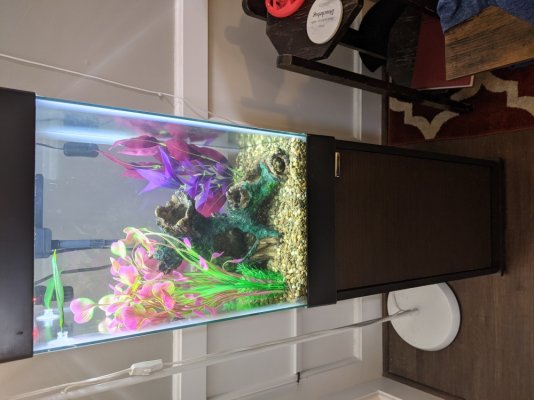candre39
Aquarium Advice Newbie
- Joined
- Oct 25, 2021
- Messages
- 8
Hello everyone! I am new to the fish tank life. I just got a 15 gallon tank for my birthday. I was given two African dwarf frogs, one black copper male betta, and 10 neon tetras. Within 2-5 days of putting my fish in the tank all 10 of my neon tetras died. The last neon tetra looked like it came down with ich (flashing and covered in crystals) I ordered the treatment to treat my tank for ich but then he died (the last neon tetra) My male beta now has clamped fins but no other signs of ich. I have the treatment to treat ich that I bought from the pet store, however I'm worried about hurting my African dwarf frogs. Also reading online I found that the fish might have had what was called shock induced ich which shouldn't be treated the same as regular ich? I want to know the best way to proceed, I have been doing 25-30% weekly water changes, and bought a reverse osmosis water distiller I use to change the water. And I'm adding in a portion of tap water to make sure they are still getting some of the stripped water nutrients. My betta fish swims around and he seems to be fine. All but the clamped fins. He will eat, and he does sleep in his little cave. But he doesn't seem to be overly lethargic. I'm just worried because My neon tetras that died did seem to have ich, so I don't know if I should treat the tank. And if I do, if I should take my frogs out. Also I do test my water daily, the only thing I could find was that the water was hard. Which my reverse osmosis water distiller should take care of. I also have a filter and a water heater that keeps my tank between 74 and 78°




